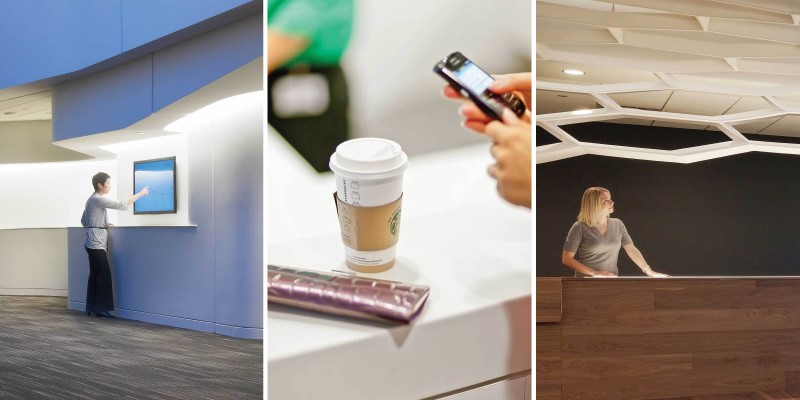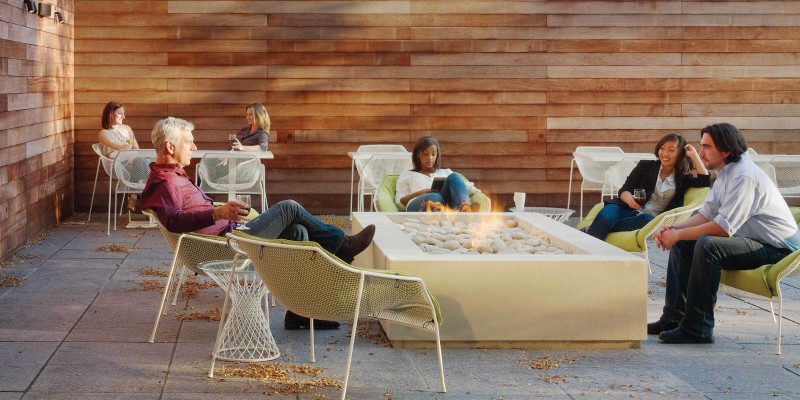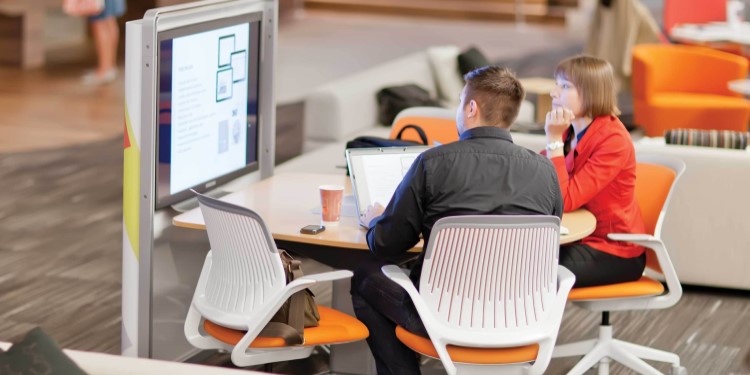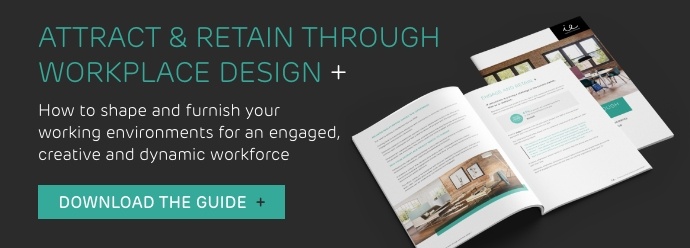It’s one of the hottest jobs in town. Workplace Experience Managers are in demand. But what exactly is the role, why is it important and who can do it?
What is a Workplace Experience Manager?
A workplace experience manager (WEM) manages employees and daily operations to create working environments that increase well-being, productivity, and organisational effectiveness.
WEMs often come from customer service and concierge backgrounds, but there’s some crossover between facility management, marketing and HR, too. In essence, theirs is a hybrid role, communicating with workers to understand their needs and managing teams to deliver on those needs.
With a renewed focus on engagement and the changing role of real estate in our working lives, it’s a role that is becoming central to company's attract and retain strategies.
"The role of the workplace experience manager is critical in driving employee engagement, promoting a positive work culture, and attracting and retaining top talent. They are responsible for ensuring that the physical and digital workplace environment is designed to meet the needs of employees and enable them to be successful." -
Carol Anne Been, Director of Global Workplace Strategy and Operations, Microsoft

So, Workplace Experience Manager is definitely a thing now?
Yes. Dyson, Netflix, Uber, Google and Linked all have WEMs (or at least variations on the title) and it seems vacancies have rocketed:
“Demand has grown more than 300% in just a few years — from 4,500 open WEM positions listed worldwide in 2019 there were more than 19,000 listings in August of 2022.”
source ioffice corp
How Long has the Role Been Around?
Airbnb was one of the first to appoint a dedicated manager to oversee workplace experience. They installed Mark Levy as their first Chief Employee Experience Officer in 2015.
Levy was credited with introducing a range of initiatives that listened to workers and built a culture of celebration and collaboration within the business, rooted in their daily experiences.
He let workers lead office redesign projects and spearheaded healthy eating initiatives in campus canteens. Famously he advocated for Airbnb to treat their employees ‘the way we're asking them to treat the customer’. His tenure saw Airbnb’s job offer acceptance rate climb to 80% for engineers, and to more than 90% for all other departments.
“The Employee Experience is all about helping companies make the shift from talking 'to' their employees to talking 'with' their employees."
Mark Levy
Why is the Work Experience Manager Job so Vital Now
The WEM is becoming more and more important for business following the disruption of so many working experiences in recent years. So much has changed. Millennials and Gen Zers have bought high expectations around choice, comfort and culture to the workplace. Meanwhile, the success of the great WFH experiment of Covid-19 has made hybrid working the new normal for many.
Productivity is Under Threat
But according to the latest research from Gallup, there is still a real threat to productivity from those who are not getting what they need from their jobs. In 2022 they found:
- 85% of employees were not engaged at work
- Disengaged employees had a 48% higher likelihood of daily stress
- Disengaged employees cost their organisations $483 to $605 billion pa
But only 22% of companies knew what was driving their employee disengagement.

Culture and Communication is the Answer
Leaders increasingly see the need to activate culture and engagement in person, even as teams became more virtual and digitally entrenched.
In response, bricks and mortar offices are now being made over as ‘destinations’, a place for dispersed teams to come and commune, socialise and collaborate.
Creating a sustainable business culture that keeps all your people engaged is more important than ever.
“Business leaders are striving to retain and attract top talent. They are looking for new ways to bring teams into the office. It is more important than ever to create workspaces where people look forward to both coming to and staying at.
What Skills Does a WEM Need to Have?
WEMs must have the hands-on skills to improve day-to-day experience for workers. But they’ll need to use different kinds of FM and HR data to analyse trends and drive strategic changes that will improve comfort, productivity and engagement over time.
Do you Need a WEM in Your Organisation?
If you’re dealing with the challenge of sustaining a vibrant business culture in a hybrid working set up, while creating new and dynamic workplaces for collaboration, employing a WEM is likely to be a smart move.
Here are 6 ways a WEM Can Deliver Better Experiences for Your Workforce
1. Creating a welcoming and inspiring workplace:
A WEM should have the practical skills and experience to ensure that the physical workspace is comfortable, safe, and conducive to creativity and collaboration. They’ll have insight about workplace design and delivery of services that will make coming to work a pleasure.
2. Facilitating change
A WEM should foster an open and transparent environment where change is possible. They will have experience in gathering information, devising plans and leading initiatives to change the way we do things.
3. Supporting diversity and inclusivity
A WEM should have the ideas and energy to create a positive, supportive, and inclusive culture that encourages employees to feel like they belong.
4. Prioritising employee wellness
A WEM should have an understanding of importance of physical and mental wellness of employees. They’ll develop access to resources and support that will help workers thrive in both their personal and professional lives.
5. Using data to plan and track strategic change
A WEM should have an understanding of the digital tools (CAFM, space management, and HR tools) they can use to monitor and measure employee satisfaction.
6. Taking a holistic view
A WEM should be there to support every worker, whether hybrid or office based. They will listen to everyone in the business and drive initiatives that will benefit all.

The Modern Workplace is a Work in Progress
The needs and demands of employees are changing so fast that it can be difficult to keep track of them. It can be even harder to tell whether we are delivering on those needs - until it is too late and people start to walk.
The workplace itself needs to be continually monitored for effectiveness, to see how we can tweak and change layout, furniture, and the digital stack to improve our productivity.
WEMs Will Help us Optimise Workplace Experience in Real Time
Appointing a WEM with a brief to listen to workers, implement change and monitor results will help us create much more dynamic and responsive business cultures in the future.
These individuals are going to help us optimise the ‘new ways of working’ that we’re inventing in real-time.
Ultimately, they will develop and maintain the culture and buildings which will attract and retain the very best talent.









